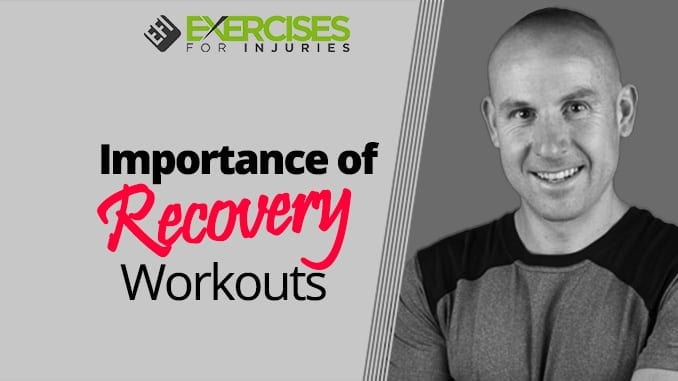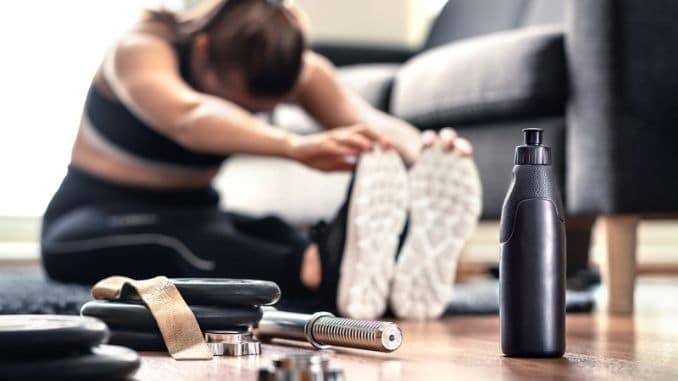
To get the most out of your workout, you need to follow it with a specific recovery workout that targets the same muscles used in your primary exercise. Recovery workouts are not only helpful when it comes to preventing soreness and injury, but they also accelerate your ability to reach peak performance again more quickly after future activities.
You can do recovery workouts independently or as part of a warm-up routine before another high-intensity training session. These workouts should involve lighter weights and faster movements to work at a slower pace than during your primary lifting sessions. In other words, they help you work out more efficiently in the future.
What is a recovery workout?
A recovery workout helps your muscles recover from a primary lifting session. It’s important to note that a recovery workout is different from active rest. We refer to these workouts as “light” or “easy” because they involve much lighter weights and are much less intense than your primary workouts.
Why are recovery workouts important?
Recovery workouts help your muscles recover after a primary exercise. This allows you to get the most out of your program and reduces the risk of experiencing soreness or injury. Recovery workouts also help you prepare for your next lifting session.
Using lighter weights during your recovery workout will warm up the muscles you want to target for your next lifting session. You can jump into your next training without spending extra time warming up.
How Do Recovery Workouts Help?
Recovery workouts help your muscles recover from a high-intensity primary workout. These workouts are essential for several reasons, including:
- Reducing soreness – If you’ve worked out intensely, you know it can leave you feeling sore for days. This is especially common in your lower body muscles, like your calves, hamstrings, and thighs. Exercising these muscles again before they’ve had sufficient time to recover can increase the soreness in these areas, prolonging the recovery process.
- Speeding up your muscles’ recovery rate – If your muscles have had enough time to rest, they can repair themselves much faster than they would otherwise. This means that your muscles can build up strength more quickly, which can help you see results in your workouts more quickly.
- Preventing injuries – We’ve discussed this above, but it’s worth mentioning again. You can help reduce the risk of an injury by making a recovery after a primary workout. If your muscles are adequately recovered, they’re also less likely to be fatigued, so you’re less likely to strain them or overuse them during your next workout.
Benefits of recovery workouts
There are many benefits to doing recovery workouts, including the Reduced risk of injury, soreness, and increased speed of muscle recovery.
Finally, it’s important to note that these are not meant to be the same as active rest. Active rest involves taking a break from exercise and letting your muscles rest independently. Recovery workouts, on the other hand, are actively designed to help your muscles recover. You can do these workouts anytime, even if you’re not experiencing soreness or fatigue.
Recovery workouts are an essential part of any strength training routine. They help your muscles recover after a primary workout. They also help you prepare for your next lifting session by warming up your muscles.
There are many benefits to recovery workouts, including reduced risk of injury, reduced risk of soreness, and increased speed of muscle recovery. Lastly, it’s important to note that these are not meant to be the same as active rest.
Here is a quick video.
Recently, I met with Kristian Manietta to discuss triathlon recovery. As an Ironman Triathlon coach from Australia, Kristian specializes in this area.
I requested if he would be willing to provide some pointers about recovery strategies in a short two minutes.
3 Easy Recovery Strategies
I am putting on the final touches of a program on recovery. It focuses on easy exercises that your client can do to help them recover between sessions or help them with their injury recovery.
I will have more details on it tomorrow.
If you want to see the 47-exercises that I use for recovery, check out Recovery Workouts:
Rick Kaselj, MS


